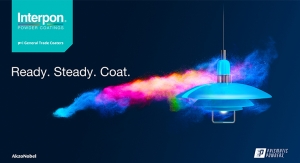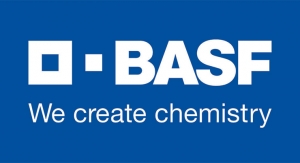Coatings World staff09.04.20
For some decades, Isophorone diisocyanate (IPDI) has been increasingly used in polyurethane chemistry applicable in many related industries, namely, coatings, adhesives, inks, and elastomers.
Being a cycloaliphatic isocyanate with different reactivities between two isocyanate functions, IPDI does not only pertain high lightfastness as any aliphatic isocyanates, but it also provides good selectivity in urethane reactions, leading to good control of polymeric chain length and consequently suitable mechanical & chemical properties.
Polyurethane materials based on IPDI are often related to human-contact applications; for example, inks for food packaging, adhesives for sports shoes, and top-coats for electronic appliances as well as wood furniture.
Therefore, it is ideal to avoid any carcinogenic contaminants, even at ppm levels, such as notable contaminant hexachlorobenzene (HCB), which is difficult to eliminate in IPDI or polyurethane production.
According to the Stockholm Convention on Persistent Organic Pollutants, HCB is found to be hazardous for all living organisms and reasonably anticipated to be a human carcinogen leading to being banned for commercial usages globally.
Its carcinogenicity has been addressed by many organizations, most recent by the Classification, Labelling and Packaging (CLP) of European Union as class 1B – H350 (May cause cancer). Consequently, prominent leather& textile associations and many related companies such as OEKO-TEX and Nike have restricted to 1 ppm maximum presence of total chlorinated benzene including HCB in the final products.
In response to the rising safety concerns, Vencorex ensures that its IPDI is free from this carcinogenic compound and can be recommended for food and human-contact applications.



















